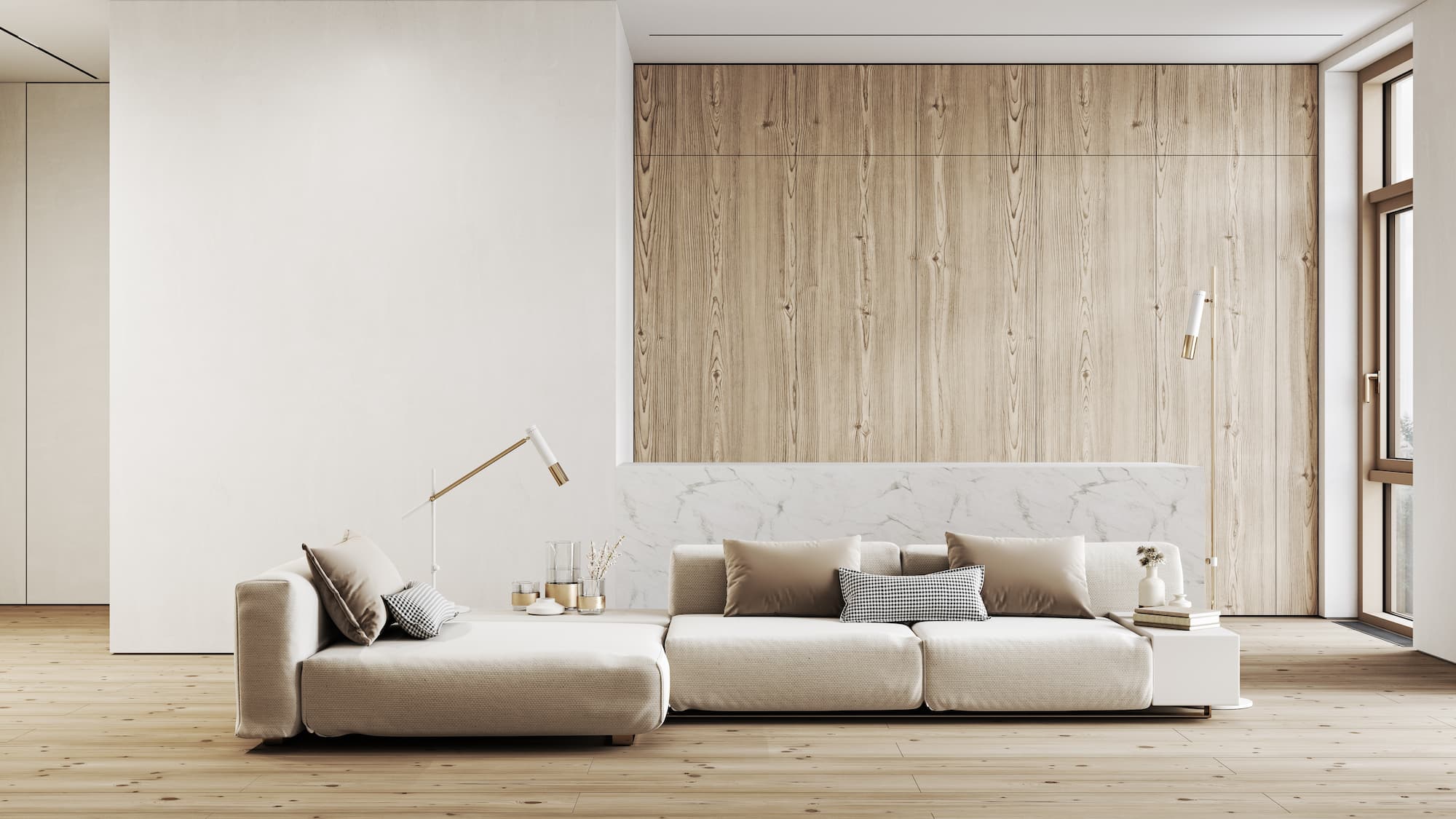A premier Architecture Firm can design your dream space.
A premier Architecture Firm can design your dream space.
Blog Article
Transform Your Home With Vital Principles of Inside Design and Appearances
The art of changing your home via the vital principles of interior decoration and looks needs a thoughtful approach that integrates color, balance, and spatial awareness. By recognizing the effect of shade theory and the value of texture and patterns, one can develop spaces that are not just visually attractive but likewise deeply individual. Achieving this stability involves greater than plain design; it incorporates a tactical plan and an eager understanding of how each aspect interacts within an area. As we discover these foundational ideas, take into consideration how they might redefine your understanding of home and individual expression.
Understanding Color Theory
Understanding the concepts of color theory permits developers to produce spaces that reverberate mentally with residents while fulfilling useful demands. Each group plays a critical function in establishing consistency within an area.
The psychological influence of colors is profound; cozy shades such as reds and oranges stimulate power and warmth, while trendy tones like blues and eco-friendlies promote peace and serenity. The usage of corresponding colors boosts visual interest, creating striking contrasts that can elevate a room's appeal.
Neutral colors, on the other hand, act as a versatile background, allowing other style components to radiate. It is vital to consider factors such as lights and the space's function when selecting a color palette, as these can modify the perception of colors throughout the day.
Eventually, a well-considered color scheme can transform a space, promoting a feeling of comfort and style that lines up with the inhabitants' preferences. Proficiency of shade concept is, therefore, a crucial ability for any kind of interior designer aiming to produce harmonious and welcoming settings.
Accomplishing Balance in Design
How can designers achieve a sense of stability in their rooms? Accomplishing balance in layout is basic to developing unified interiors.
Asymmetrical balance, on the various other hand, depends on differing components that still attain a cohesive look. This approach enables even more dynamic and casual plans, offering interest while keeping balance. By meticulously choosing differing dimensions, colors, and appearances, developers can create an aesthetically compelling room that feels well balanced yet energetic.
Radial equilibrium highlights a main centerpiece with elements emitting outside. This design is frequently seen in circular designs, where furniture and decoration create a natural surround that attracts the eye internal.
Eventually, attaining balance calls for thoughtful consideration of range, percentage, and the connections in between elements. Architecture Firm. By skillfully applying these equilibrium principles, designers can change rooms into atmospheres that really feel both aesthetically pleasing and functionally unified, boosting the general experience for owners
Importance of Spatial Recognition

An eager feeling of spatial recognition permits developers to recognize centerpieces within an area, guiding the viewer's attention to key features while maintaining an overall feeling of unity. It additionally assists in the critical positioning of lights, which can dramatically affect the assumption of room and state of mind. Comprehending spatial partnerships allows the designer to provide to the certain demands of occupants, making sure that each area offers its designated purpose without endangering looks.
Ultimately, spatial recognition is important for maximizing the potential of any type of indoor room. By thoroughly taking into consideration the interaction in between dimensions, layout, and feature, developers can create atmospheres that not only satisfy practical demands but likewise stimulate a sense of convenience and beauty, improving the total living experience.
Incorporating Structure and Patterns
Welcoming a diverse series of textures and patterns can considerably boost the visual and tactile charm of an indoor space. The calculated use various materials-- such as wood, steel, textile, and stone-- advice produces depth and passion, making an area feel much more welcoming and vibrant. Integrating smooth surface areas with harsh appearances can develop an equilibrium that attracts the eye and involves the detects.
When including patterns, think about both range and repeating. Large patterns can offer as prime focus, while smaller sized, refined layouts can enhance various other components without frustrating the room. Layering patterns, such as pairing flower cushions with candy striped tosses, includes intricacy and a feeling of consistency if performed thoughtfully.
It is also vital to maintain a cohesive shade scheme, making certain that appearances and patterns collaborate instead than complete for interest. By selecting a couple of vital structures and patterns, you can create a combined aesthetic that reflects your individual style while enhancing the overall atmosphere of the room. Ultimately, the mindful unification of these aspects can transform an ordinary space right into an advanced try this website setting abundant with character and heat.
Individualizing Your Space
Developing an area that mirrors your personality is essential to attaining a truly inviting setting. Personalization in interior decoration allows you to infuse your special design and interests into your home, changing it from a mere my sources sanctuary into a refuge that speaks with that you are. Begin by selecting a color scheme that reverberates with your feelings-- vibrant shades can stimulate, while soft tones provide peace.
Incorporate art work and decor that reflect your interests, whether it be travel, nature, or abstract principles. Showing personal collections, such as publications, photographs, or keepsakes, can evoke valued memories and create focal points within an area. Additionally, think about customizing practical items, like upholstered furniture, to line up with your aesthetic preferences.

Conclusion
In verdict, the improvement of a home through the essential concepts of interior decoration and appearance requires a comprehensive understanding of shade theory, balance, spatial awareness, structure, and customization. Each aspect adds considerably to developing a harmonious and practical living environment - miami luxury interior design. By attentively integrating these concepts, people can enhance the visual allure and emotional resonance of their areas, inevitably fostering a home that shows one-of-a-kind identities while supplying convenience and usefulness
Report this page